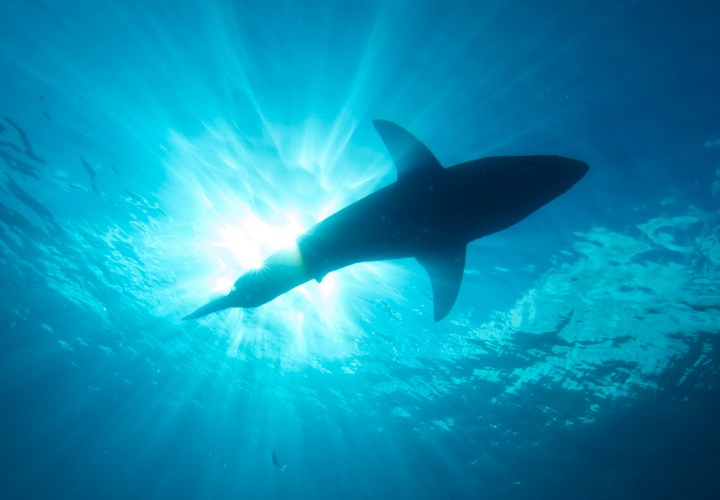
So far this year the state has seen 13 attacks, which includes one fatality. That compares with two deaths from three attacks last year. To improve safety and reassure swimmers, New South Wales, whose coast stretches some 680 miles and includes the city of Sydney, is splashing out $16 million on tech-based solutions that include shark-detecting drones, “Clever Buoy” sonar gear, shark “listening stations” for real-time tracking, and a revamped mobile app offering smartphone users near-real-time shark alerts.
The effort is believed to represent the single biggest trial of shark-detecting technology in the world as the state explores new ways of keeping beach-goers safe in the sea.
Camera-equipped drones will take to the skies over New South Wales’ busiest coastal spots in December, when Australia’s beach season begins, the Sydney Morning Herald reported on Sunday. The unmanned aerial vehicles will search for sharks in shallow waters, and are set to provide back-up for regular helicopter surveillance flights.
In addition, the authorities are also planning to increase efforts to tag sharks, enabling strategically positioned 4G-equipped Clever Buoys and listening stations to monitor sharks coming close to the shore and provide early warning to bathers via the already popular SharkSmart app, the state government said in a release.
Of course, New South Wales beach operators hope the extra measures will calm the fears of nervous bathers rather than scare them from going in the water. But really, they shouldn’t worry – the Florida Museum of Natural History recently claimed you’re far more likely to meet your maker through a selfie accident than a shark attack.


